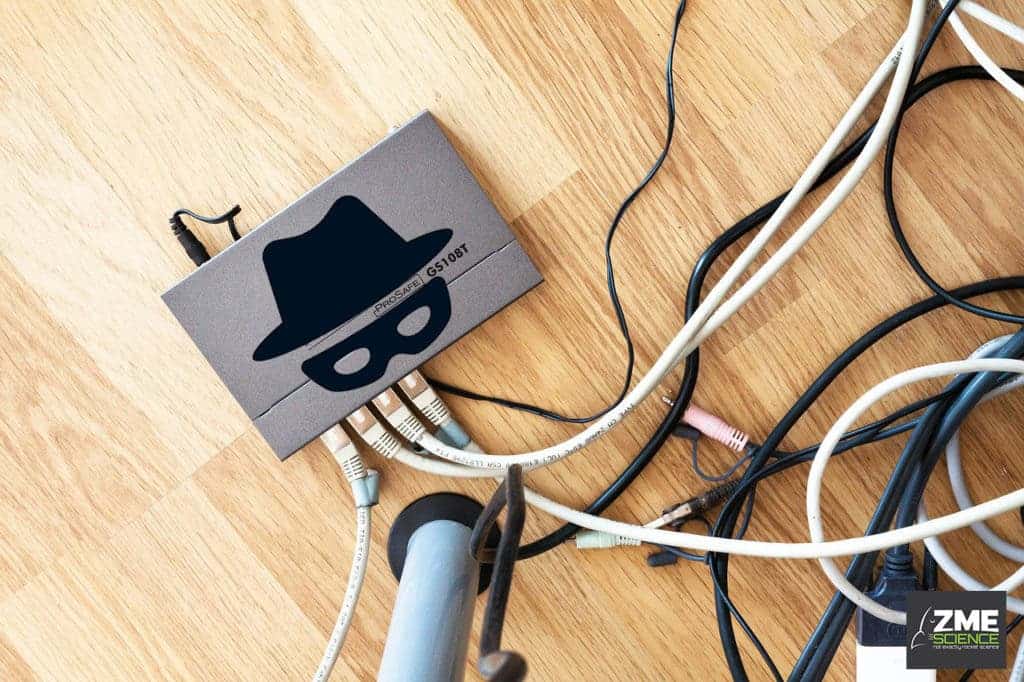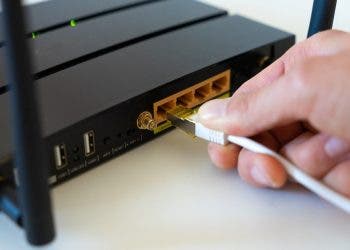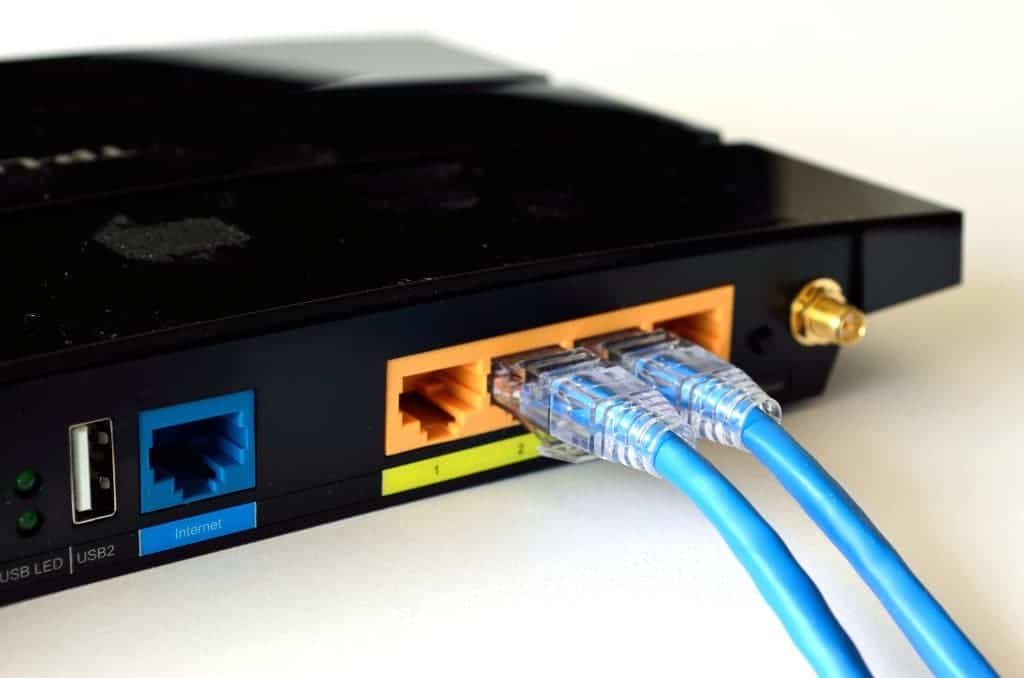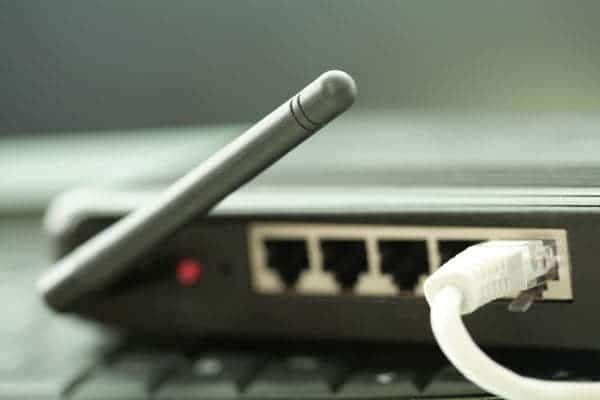
A WiFi router is as ubiquitous as a toaster nowadays, but while one can ruin your day by serving extra crispy toast, the other has the potential to cause much more mayhem. For one, if your router fails, there’s no internet and we know what that means. Secondly, if there’s a (malevolent) will, a standard router is easily hackable. It can then be used as a gateway to connect to other devices. All of this is conventional network hacking, basically, but by flexing your spying muscles a bit there’s almost no limit to what you can do with a router.
Take this paper published by researchers from the Northwestern Polytechnical University in China which used WiFi signals to identify people. This identification was made based on the shape of people that was read as radio waves bounced back and forth, as well as by the specific way in which people moved. The success ratio was 88.9% to 94.5% in a domestic environment. One potential application is that of having a super custom-made smart home which adjusts lighting, temperature and even music based on the person(s) gait walking through the room. Or you can just use it to spy.
For instance, a similar system made by MIT called Wi-Vi “enables seeing through walls using Wi-Fi signals. It allows us to track moving humans through walls and behind closed doors. Wi-Vi relies on capturing the reflections of its own transmitted signals off moving objects behind a wall in order to track them. Wi-Vi’s operation does not require access to any device on the other side of the wall.” Using such a device, MIT was able to identify specific persons from a group, and also monitor their heart and breathing rates with 99 percent accuracy.
Then, there’s WiKey which can determine which keys you press on a keyboard based on the radio waves that bounce off the moving fingers. WiKey could reconstruct a sentence with 93.5 percent accuracy.
But maybe the one to take the cake is a system developed at the University of Berkeley which uses distortions and reflections in Wi-Fi signals made by moving mouths to essentially lip-read. This setup was used to tell which words a single person was speaking with 91 percent accuracy. The accuracy was 74 percent when three people were speaking at the same time.
All of these systems are very experimental. They essentially work accurately, as in useful for any purpose be it good or bad, only in controlled environments and after some serious machine training. The idea is that these systems might one day augment our lives — enhance them by making our environments readable by machines. But these can also be used to infringe our privacy. I’m seriously looking very suspiciously at my router right now. We need to have a talk.





